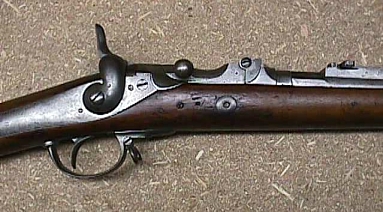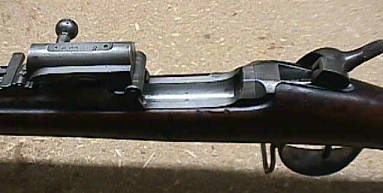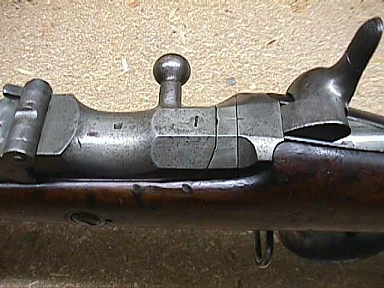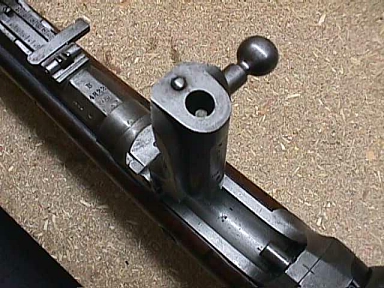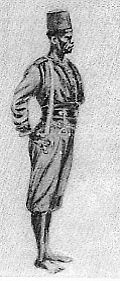
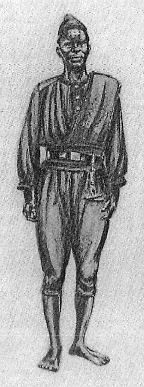
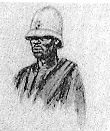

The instructions of 1888 tell nothing about the uniform of the native askaris of the Force Publique. In the "Règlement sur les services et la comptabilité de la Force Publique" there is only a limited description of clothing and equipment. Looking at other evidence & pictures in the Belgian Royal Museum of the Army and Military History in Brussels we can describe their "uniforms" as follows: a blue blouse with long sleeves and 3 buttons on the upper part of the blouse, tucked in knickerbockers, reaching just under the knees with a faint red coloured belt. In "full dress", a red sash was added around the middle, worn under the belt. Piping of the blouse (and sleeves) was red.
The headcover was a red fez, prior to 1911 without a chinstrap. This simple uniform (not unlike the French Tirailleurs Sénégalais) is completed by a pair of sandals, a blanket and a kettle for cooking food. The service dress was simply a worn copy of the full dress. To protect their clothing during work, each soldier was issued an apron from 1898 onwards. The ranks (attached to the lower sleeves) were as follows:
